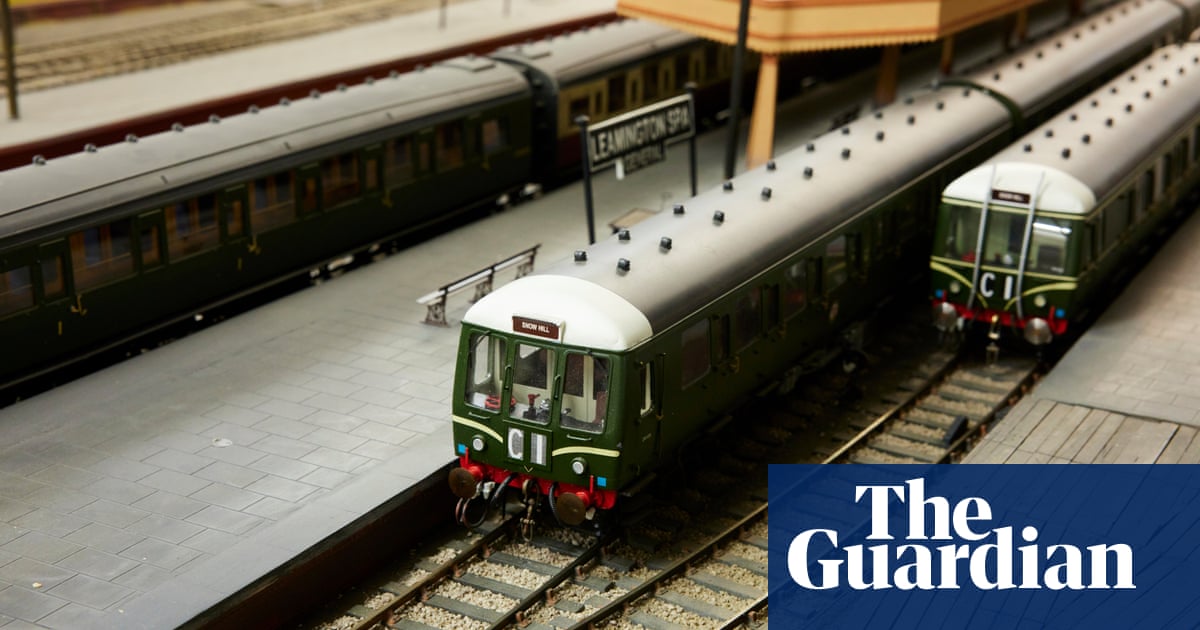
HS2 isn’t the only British rail project in trouble. Smaller ones are struggling too – very, very small ones.
An ageing population, rising prices and shrinking living spaces have all been blamed for a downturn in the model railway industry. This week, a historic shop announced plans to cease trading, while a national convention revealed that its 2023 meetup would be its last.
“Over the decades, we’ve been privileged to serve enthusiasts and share our passion for model railways with hundreds of thousands of customers,” said the owner of Hattons Model Railways, a Widnes-based institution opened in 1946. “Changing market conditions have had a large impact on the business, we have seen this in declining customer numbers, changing customer demographics and supply chain disruption.”
The Warley National Model Railway exhibition also cited “changing customer demographics” to explain its decision. Until last year, the show had been held in the Birmingham NEC, one of the country’s largest venues.
Nigel Smith, the exhibition manager, said: “This will be disappointing to many people including visitors and exhibitors alike. However, we are an ageing membership and we have to be realistic about what we can deliver in the future. Many of our existing team have been involved for over 30 years and would like to retire gracefully.”
Tom Heywood, of the Aberdeen Modellers Society, agreed. “I think the worry is always that it’s an aged hobby. The average age of modellers in my club is over 60. We had two members die last year, and there’s maybe like four of us who are under 30, so folk are always concerned it’ll die out.”
Top-end model railway locomotives can run to hundreds of pounds, Heywood said, with carriages, scenery and track to run them on all costing more again. And that’s if you’ve got the room to build them at all. “You have to have a lot of space for railway modelling and these days folk do not typically have a spare bedroom or loft kicking around unless they’re a retired boomer,” he said.
But the industry isn’t giving up without a fight. The phenomenal success over the last decade of hobby manufacturers including Lego and Games Workshop has demonstrated that the appetite for assembling scale models from large boxes of plastic parts is considerably deeper than many might have guessed.
In 2022, Hornby – still Britain’s leader in the space, and the owner of Airfix, Corgi and Scalextric – announced a search for a new chief executive, appointing the former head of Paperchase a year later. A management shake-up has seen senior staff join from Lego and Mattel, and a concerted effort to bring in new fans. It will introduce a range of cheaper entry-level products, it said in its annual report, and has already had success with a new range of even smaller trains at “tabletop” size – shrunk 120 times from the real thing.
“TT:120 was conceived to both create additional growth from existing enthusiasts and to open up the hobby to a new customer group, for whom the space required for the current 00 gauge was perhaps too much of a barrier to entry,” it said.
The bottomless world of the internet may be providing model railways with stiff competition for the interests of today’s youth, but it’s also opened up new possibilities. Armed with a 3D printer, Google translate and historically cheap international shipping, the model railway community has become a global one.
Want an even smaller train than Hornby will sell you? Why not try Japan’s Z-gauge, with a locomotive that will fit on a 50p piece. Want a unique carriage? A flourishing community of designers use sites such as Patreon to share their creations for anyone with a 3D printer. Want a pair of tiny naked people in flagrante to hide in your scenery? Well, of course, the Germans have you covered.
Even if the problems facing Britain’s biggest railways are similar to the ones facing its smallest, then, the solutions look quite different.












